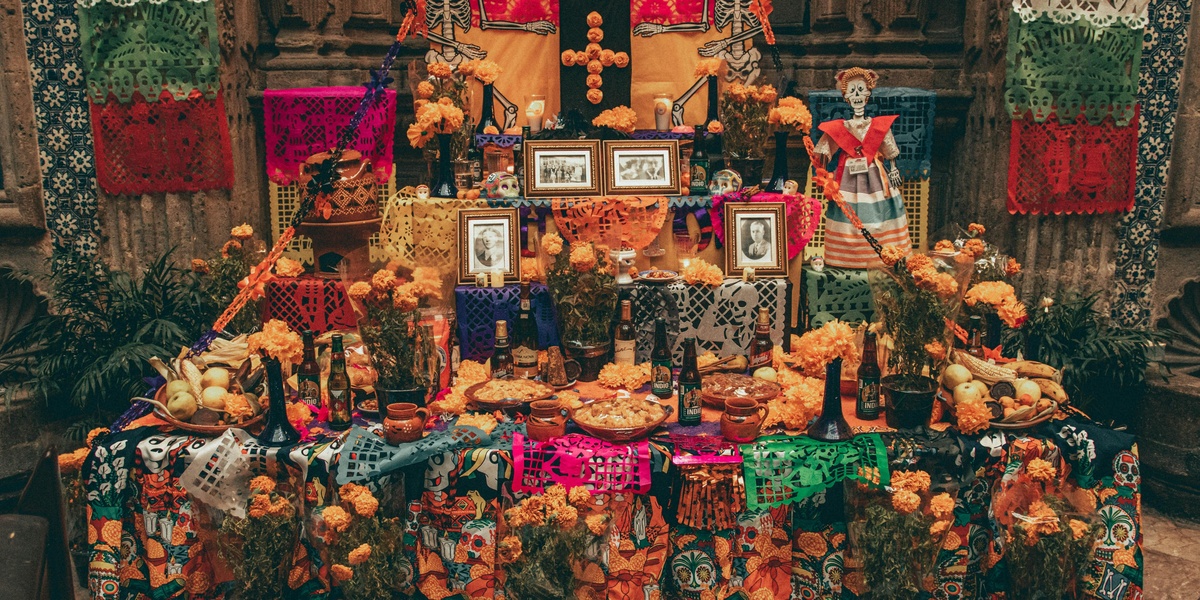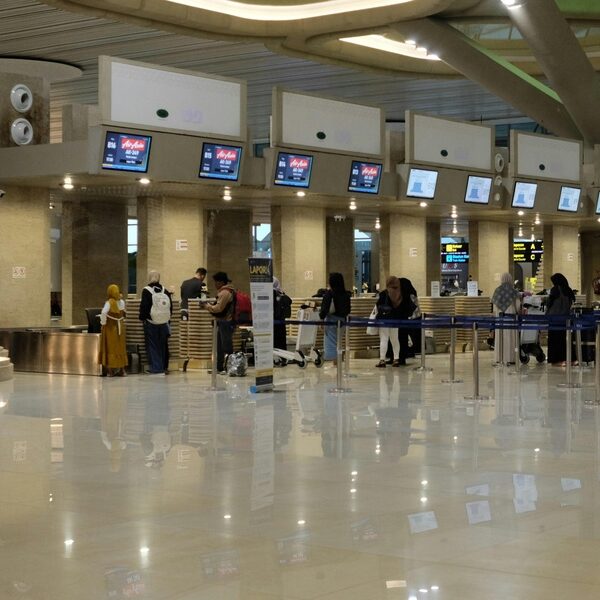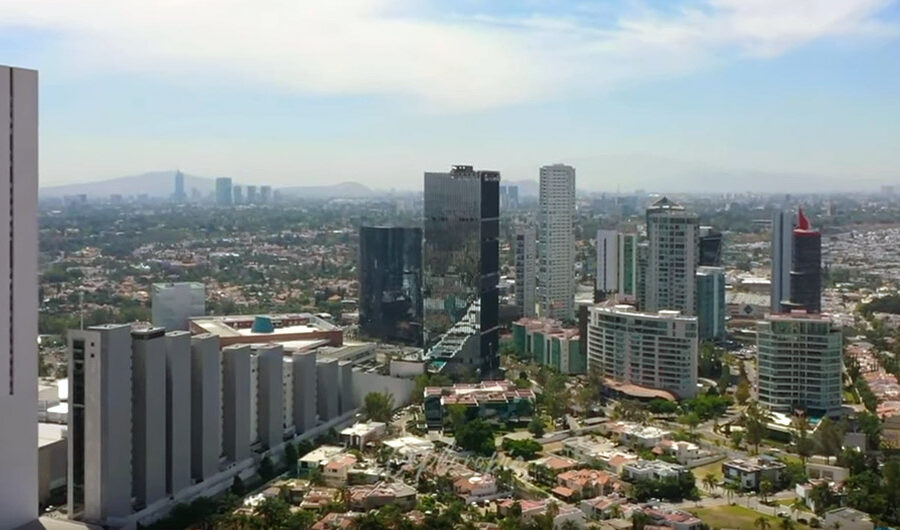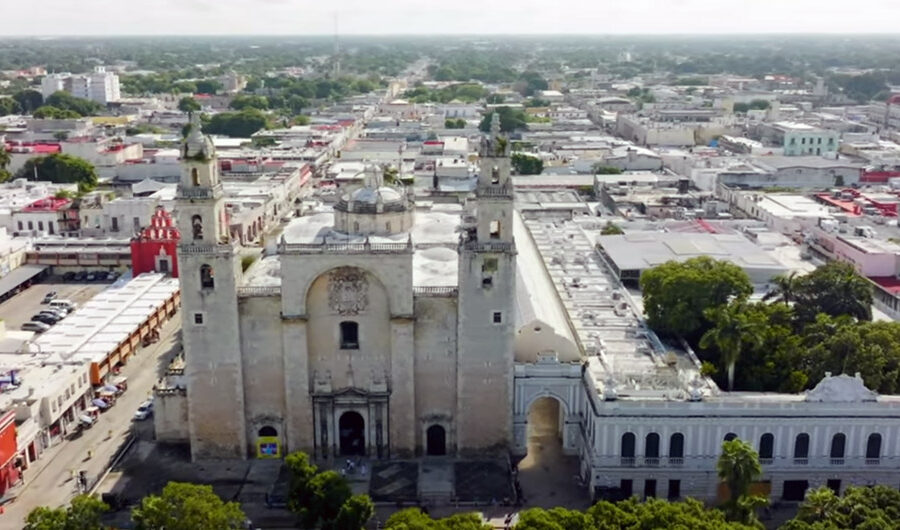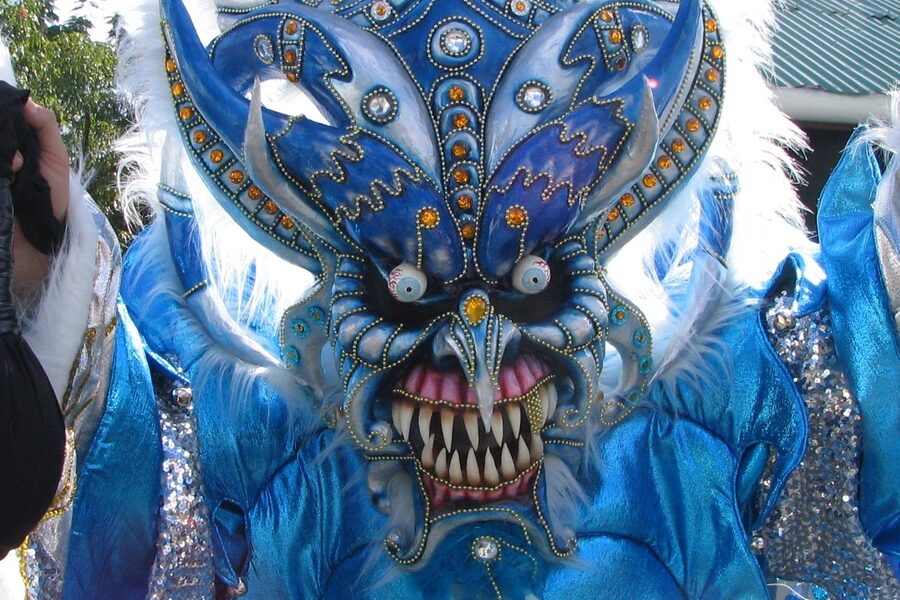Every November 1–2, families across Mexico build altars to welcome ancestors, filling them with marigolds, candles, sugar skulls and plates of the dead’s favorite foods while the smell of pan de muerto drifts through the room.
What visitors and younger generations sometimes miss is context: these rituals blend indigenous ancestor veneration with Catholic dates and have been adapted, commercialized, and revived in different ways over time. Understanding the history behind these practices helps prevent shallow souvenirs from replacing local meaning — and it connects the rituals to broader efforts to protect heritage (for example, UNESCO recognized traditional Mexican cuisine in 2010).
These customs — from national rituals to local crafts and communal meals — hold Mexico’s history, identity, and social ties together; understanding these traditions in Mexico reveals how culture persists, adapts, and shapes daily life. The piece below groups ten important traditions into religious/spiritual, festivals and national celebrations, family and social customs, and culinary and craft traditions.
Religious and Spiritual Traditions
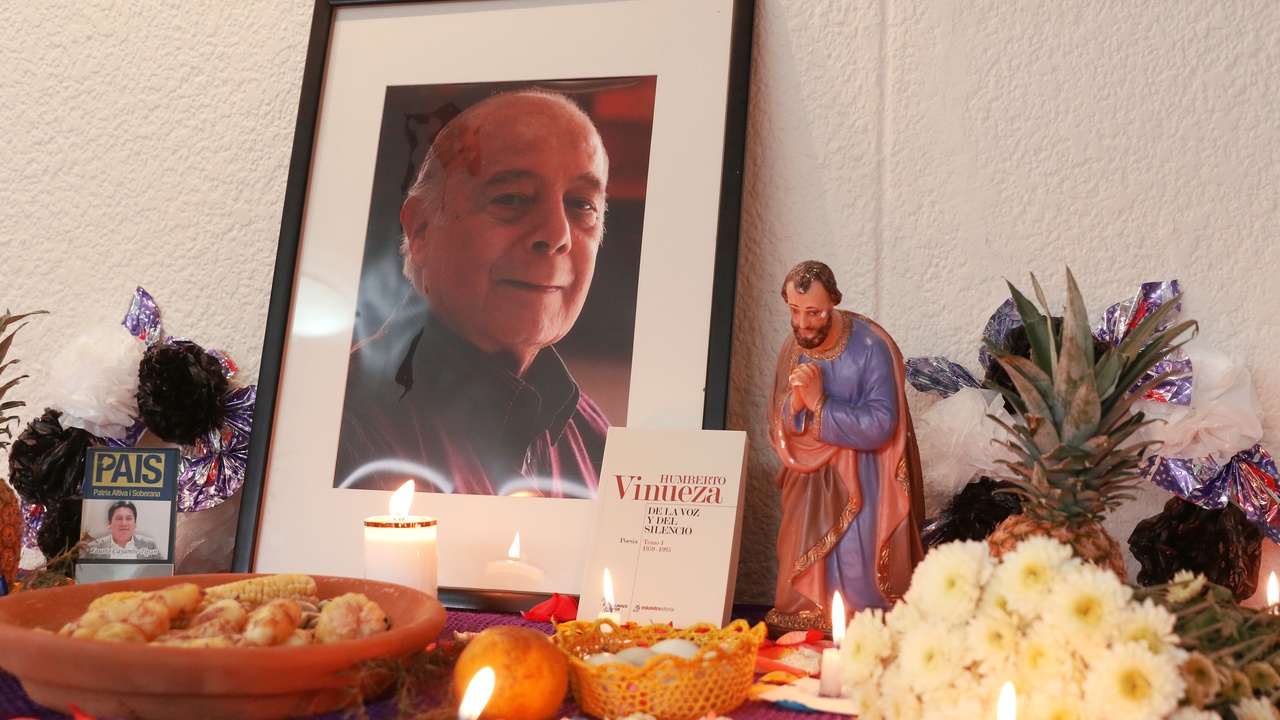
Since the 1500s, indigenous beliefs and Catholic rites have fused to produce rituals that anchor local calendars and identity across Mexico. These practices, rooted in both pre-Hispanic cycles and Catholic feast days, tie towns and neighborhoods to annual rhythms and public observance. Many are locally specific yet nationally recognized, and they help explain why cultural protection (including UNESCO listings for related cultural practices) matters to communities.
1. Día de los Muertos (Day of the Dead)
Observed November 1–2, Día de los Muertos has families build ofrendas (altars) with photographs, candles, marigolds (cempasúchil), and favorite foods of the deceased, including pan de muerto. The holiday blends pre-Hispanic ancestor veneration with Catholic All Saints and All Souls observances and varies by region (notably Pátzcuaro, Michoacán, and Mixquic in Mexico City).
Household altars are planned days in advance: offerings, papel picado, and sugar skulls are arranged alongside incense and water for the returning souls. Public commemorations have grown too — a 2019 Mexico City parade, for example, drew hundreds of thousands of spectators and helped turn a private ritual into visible civic spectacle.
2. Pilgrimage to the Virgin of Guadalupe (Fiesta de la Virgen)
Every December 12, millions of Catholics honor Our Lady of Guadalupe, making pilgrimages to the Basilica of Our Lady of Guadalupe in Mexico City. Estimates vary, but some years see roughly 6–9 million pilgrims around the feast day, with many arriving on foot or even barefoot as acts of devotion.
Pilgrimages reinforce faith and local economies: vendors, lodging, and transit see big seasonal boosts while families pass down the practice of traveling together, singing devotional songs and leaving votive offerings at roadside altars. Authorities like the Basilica and the Secretaría de Cultura track and facilitate large crowds during the feast.
3. Las Posadas (Christmas Processions)
Las Posadas reenact Mary and Joseph’s search for shelter across nine nights, December 16–24. Neighborhood groups carry lanterns, sing villancicos, and perform short scripted exchanges at each house acting as an inn.
Children break star-shaped piñatas during the celebration, and hosts provide a communal meal at the final posada. Urban parishes and small towns both stage posadas, though scale and costume vary — in small towns the ritual often remains tightly communal, while cities can add theatrical elements.
Festivals and National Celebrations
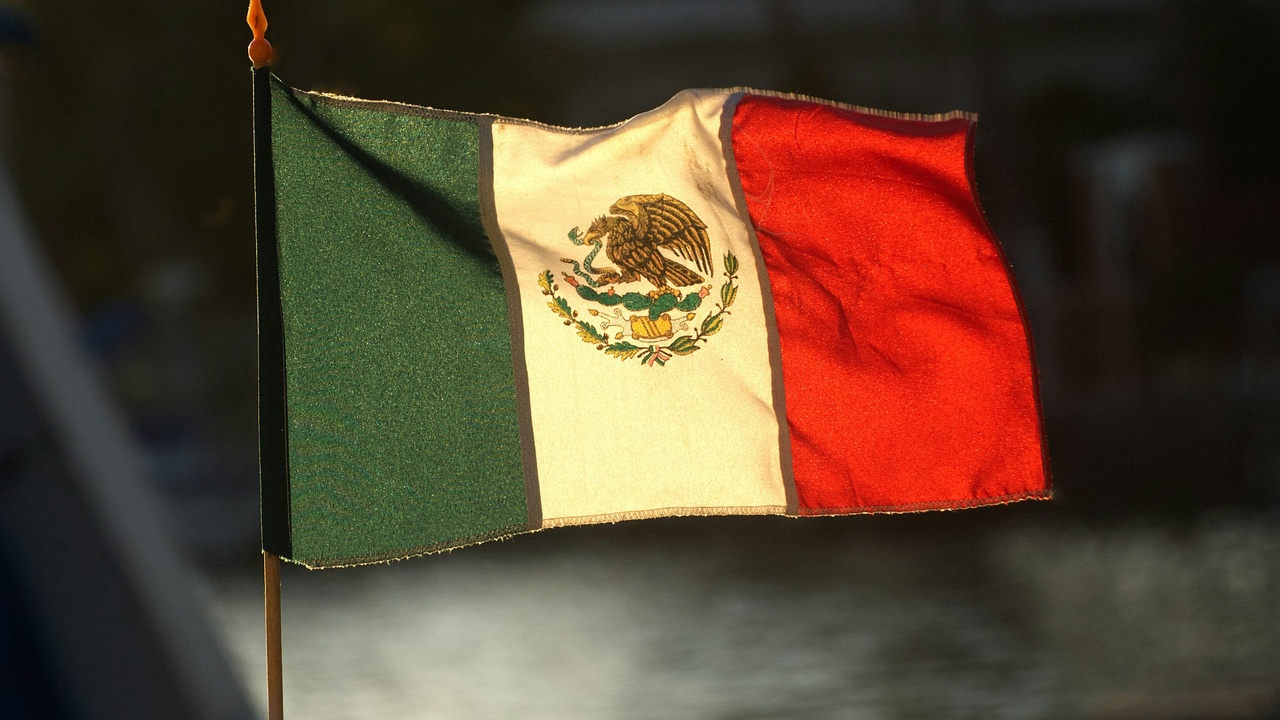
Public festivals express national identity while showcasing regional diversity. Many mark historical milestones (like Independence) or seasonal cycles and combine indigenous performance with Spanish and modern influences. These events attract tourists, sustain local economies, and let communities perform identity in public arenas.
4. Independence Day Celebrations (El Grito)
Independence Day on September 16 commemorates Miguel Hidalgo’s 1810 call to arms. Each year the president reenacts the original “Grito” from the National Palace in Mexico City’s Zócalo with bell-ringing, shouts of “¡Viva México!” and fireworks at midnight.
Towns across Mexico hold their own gritos and fiestas, complete with music, food, and parades, making the date a civic ritual as much as a historical commemoration. Major central events draw large crowds and a tourism spike, while local variations keep the celebration rooted in community life.
5. Carnaval
Carnaval occurs in the weeks before Lent (typically February–March) and features parades, costumes, floats and masks in coastal and urban centers such as Veracruz, Mazatlán and Campeche. Each locale adds its own music and choreography to the revelry.
Comparsas (dance troupes) and elaborate floats draw regional crowds and tourists, preserving local music styles (samba influences in Mazatlán, for instance) and supporting seasonal businesses that depend on the parade circuit.
6. Guelaguetza (Oaxacan Indigenous Festival)
Held each July in Oaxaca, the Guelaguetza celebrates indigenous dance, textiles and reciprocal gift-giving rooted in pre-Hispanic harvest rituals. The main public events take place on two Mondays in July and bring together regional delegations to perform traditional dances and present local produce.
Performances such as La Danza de la Pluma and colorful traditional costumes highlight linguistic and ethnic diversity, while artisan markets and reciprocal practices (the festival’s namesake) funnel tourism income back into rural communities.
Family and Social Traditions
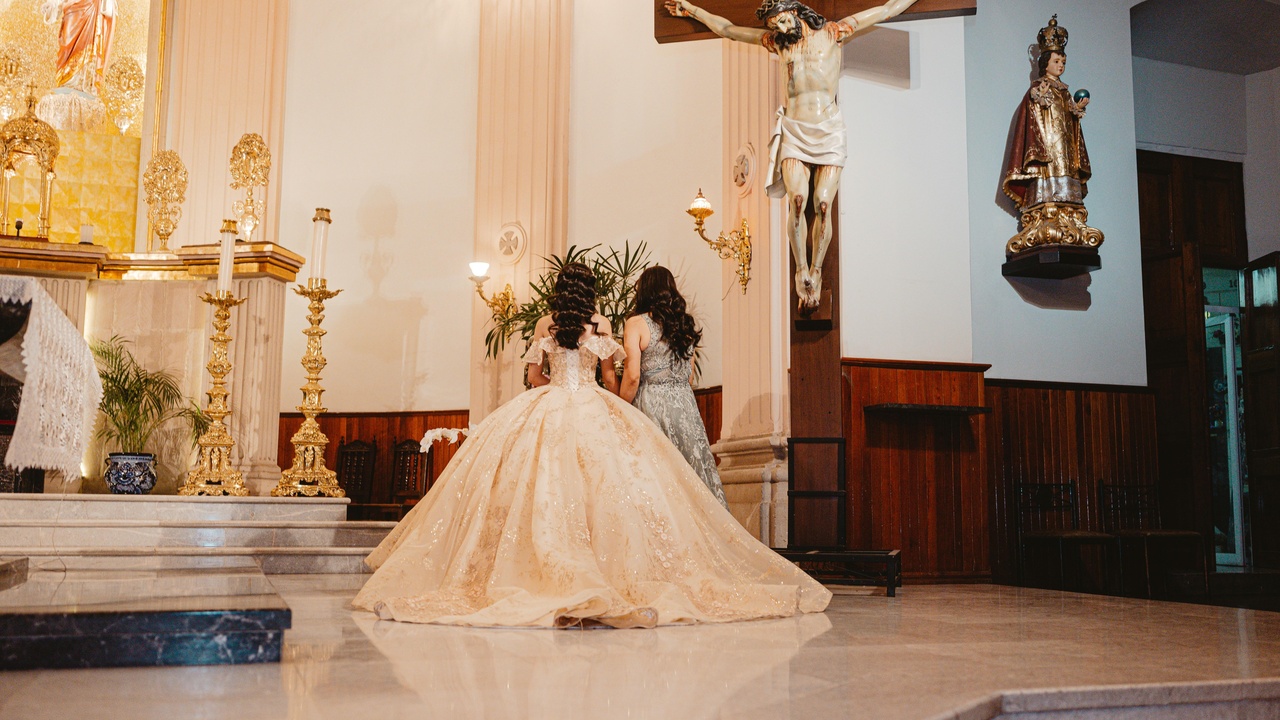
Rites of passage and social rituals structure family life in Mexico, from baptisms to weddings to coming-of-age ceremonies. Systems like compadrazgo (godparent networks) create long-lasting social obligations, and music, food and performance are central to marking status and maintaining relationships.
7. Quinceañera (Fifteenth Birthday Rite)
A quinceañera marks a girl’s transition at age 15 with a Mass followed by a reception, a court of honor, and the traditional first waltz. Families vary widely in scale — intimate church-and-dinner gatherings to large, vendor-driven events that can rival small weddings.
The celebration creates social capital: padrinos and madrinas (sponsors) take on formal roles, and local vendors — dressmakers, DJs, caterers and photographers — see steady business. The rite combines religious, cultural, and commercial elements all at once.
8. Mariachi, Serenatas, and Live Music Traditions
Mariachi music, which has roots in Jalisco, is essential to weddings, birthdays, plaza performances and serenades. Bands range from trios to full mariachi ensembles, and named groups like Mariachi Vargas de Tecalitlán set professional standards and repertoire.
Hiring a serenata — musicians outside a window at dawn or evening — remains a romantic custom, and street performances support working musicians and animate public spaces, tying music to civic life and personal milestones.
Culinary and Craft Traditions
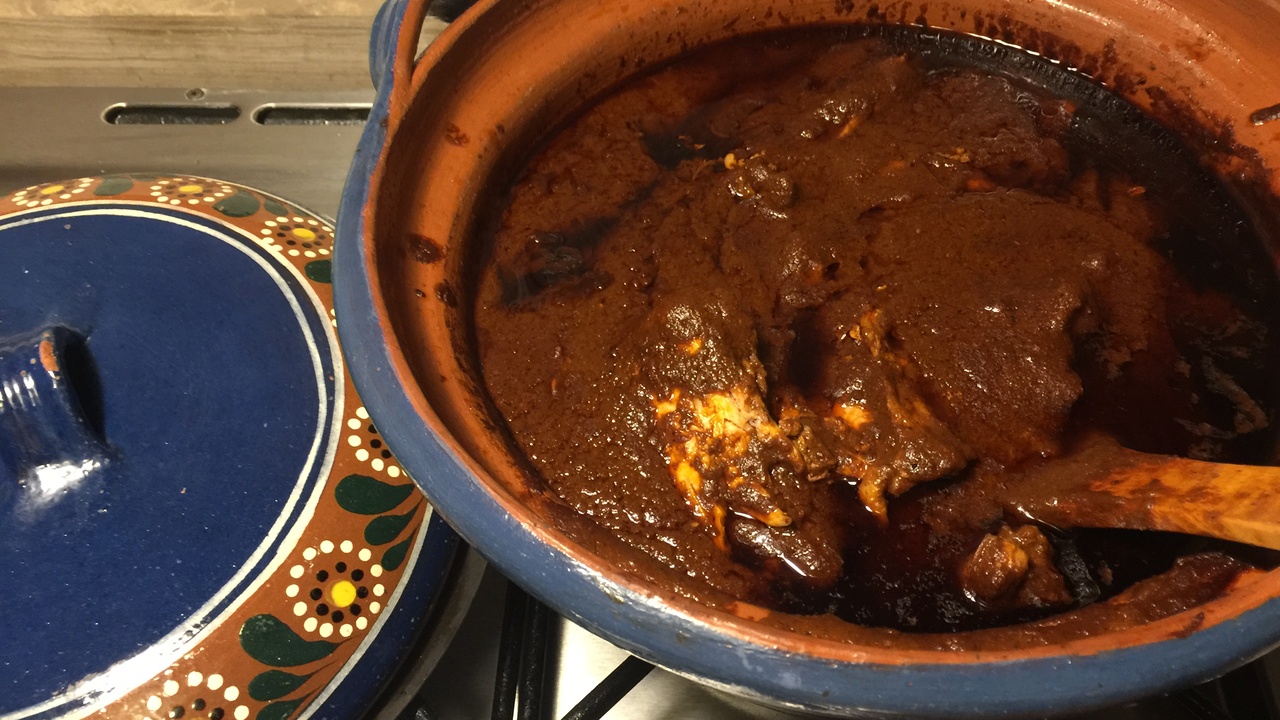
Food and craft practices transmit regional histories, skills and identities across generations. Many culinary and artisanal practices are living traditions that sustain families, feed festivals and attract tourists; UNESCO’s 2010 recognition of traditional Mexican cuisine underscores this international value.
9. Traditional Mexican Cuisine (mole, tamales, regional dishes)
Regional dishes like mole, tamales and cochinita pibil anchor communal meals and ceremonies. UNESCO added traditional Mexican cuisine to the Intangible Cultural Heritage list in 2010, highlighting practices such as mole poblano from Puebla, complex Oaxacan moles, and Yucatán’s cochinita pibil.
Mole is often prepared for weddings and major feasts, requiring long, multi-ingredient cooking sessions that involve extended family. Street-food culture — tamale vendors and mercados — supports small businesses and provides everyday access to regional flavors.
10. Handicrafts and Indigenous Textile Traditions
Handicrafts — pottery, weaving, embroidery and carved wood alebrijes — function as livelihoods and identity markers for indigenous communities. Towns like San Bartolo Coyotepec (black clay pottery) and Tenancingo (textiles) are known craft centers that sustain artisan traditions.
Examples include Talavera pottery from Puebla, Otomi embroidery from Hidalgo and Puebla, Zapotec rugs, and Oaxacan alebrijes. Markets, cooperatives and fair-trade initiatives help artisans sell directly to visitors, preserving motifs and providing income tied to cultural continuity.
Summary
- These traditions fuse indigenous and Spanish elements and remain central to communal identity and ritual life.
- Many customs have fixed dates and public forms—Día de los Muertos (Nov 1–2), Independence (Sept 16), Virgen de Guadalupe (Dec 12), Guelaguetza in July—and they shape civic calendars.
- Food and crafts are living economies (UNESCO recognized Mexican cuisine in 2010) that support families, artisans and tourism while preserving local knowledge.
- Attend celebrations with respect: observe local rules, ask before photographing private altars, and buy crafts directly from makers to help sustain communities.

